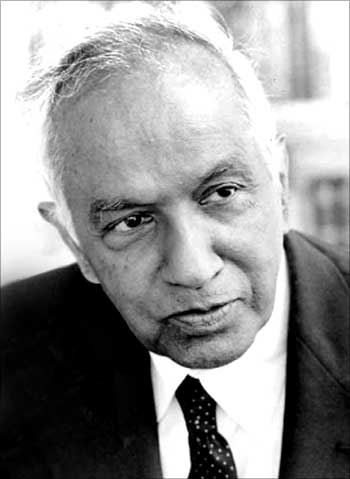
Two of Chandrasekhar's students in 1947 were the doctoral candidates Tsung-Dao Lee and Chen Ning Yang in Particle Physics research. Even though Chandrasekhar Subramanyan maintained his office at the Yerkes Observatory in Lake Geneva, Wisconsin, he would regularly drive the one hundred miles to Chicago to guide and teach Lee and Yang and others many a times in difficult weather conditions. In 1957, these two of his students won the Nobel Prize in Physics for their work in particle physics research. This also brings out Chandrasekhar Subramanyan’s commitment to science and there by to his students. Science indeed is a life time mission for Chandrasekhar. It is this characteristic which makes youth to become passionate towards science.
No comments:
Post a Comment